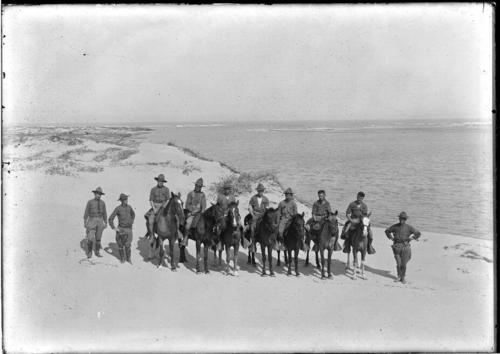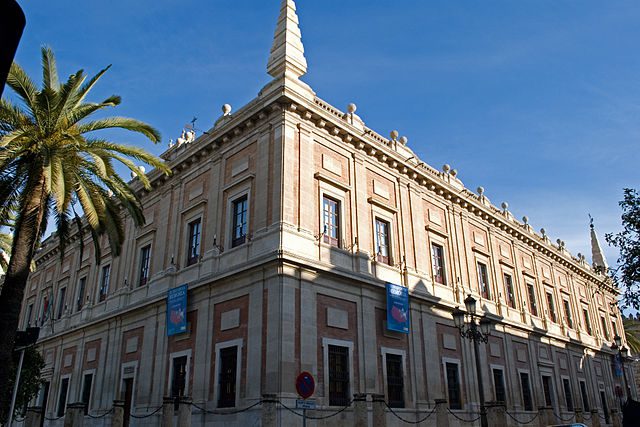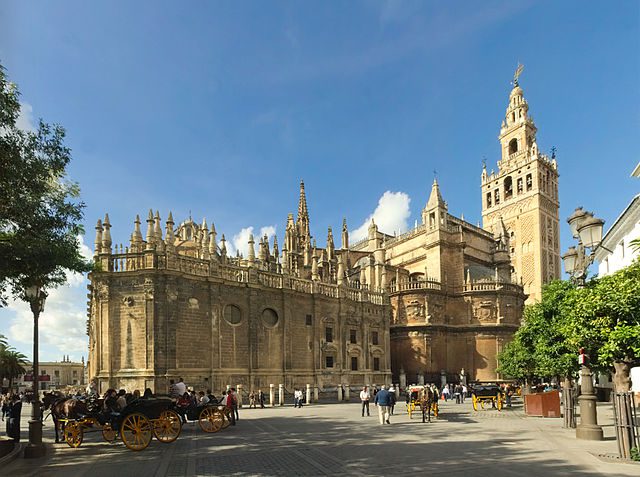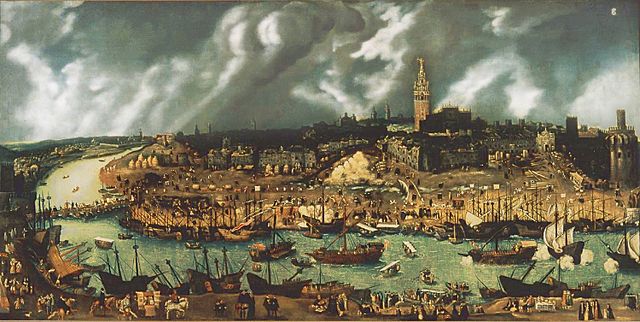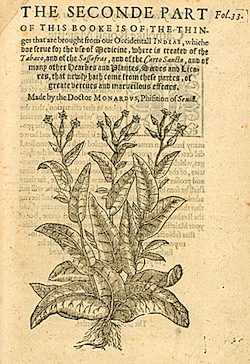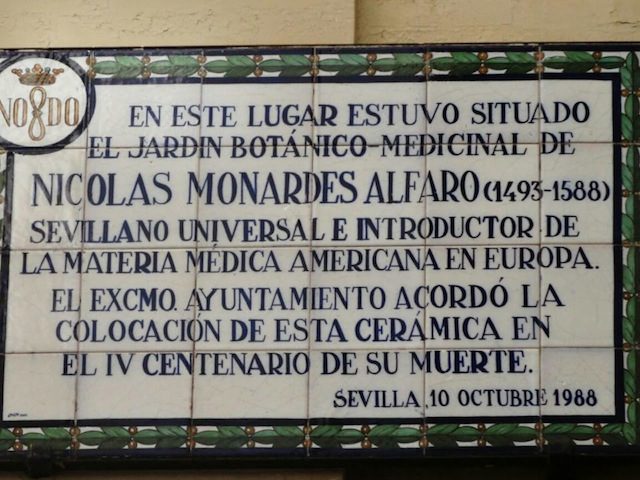By Mark Sheaves
When Donald Trump launched his Presidential bid in June he trumpeted “I will build a great wall on our Southern border” to stop the influx of “drugs”, “crime”, and “rapists”. Portraying Mexicans, and Hispanics in general, as a dangerous invading Other has a long history in the USA and the question of increasing security along the Rio Grande will certainly dominate debate as the election draws closer.
Based in a border state, the historians at UT Austin are in a good position to offer historical perspectives on the Mexican-US borderlands. Below we have compiled a selection of articles on this topic previously published on NEP. These insights add much needed context to counter the clear-cut separation of the US and Mexico evident in Trumpian political rhetoric.
To start, Anne Martínez contextualizes the economic ties between the United States and Mexico during the twentieth century and discusses the ways Salman Rushdie and Sebastião Salgado conceptualize the US-Mexico borderlands.
The Mexico-US border is often talked about as a religious frontier dividing the Catholic South from the Protestant North. However, as Anne Martínez shows, Catholics on both sides of the border were very much part of the history of Mexico-US interactions. Read more about the Catholic borderlands between 1905 and 1935 and a list of recommended further reading.
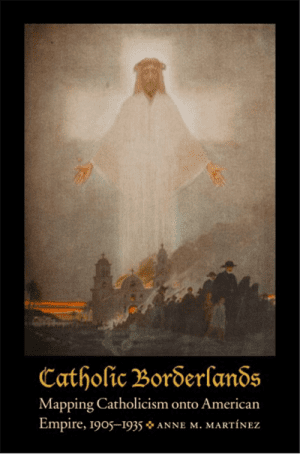
The Mexican Revolution knew no borders. People quite freely moved between Texas and Mexico as Lizeth Elizondo highlights in her review of Raul Ramos’ War Along the Border: The Mexican Revolution and the Tejano Communities.
The “War on Drugs” often dominates discussions about Mexican-American relations. UT graduate student Edward Shore broadens the discussion to a global level arguing that the violence, disorder, and political, social, and economic instability associated with the drug trade has a long history with repercussions across the world.
While relations between Mexico and the United States are commonly discussed in negative terms, this has not always been the case. Emilio Zamora’s book Claiming Rights and Righting Wrong in Texas highlights the most cooperative set of relations in US-Mexican. Could this serve as a model for what is possible?
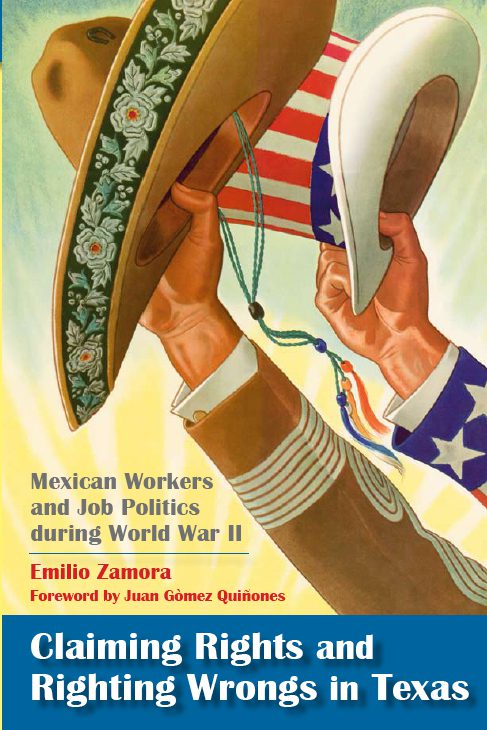
On 15 minute history, Miguel A. Levario from Texas Tech University (and a graduate of UT’s Department of History) discusses Mexican immigration to the US, and helps us ponder whether there are any new ideas to be had in the century long debate it has inspired—or any easy answers.
Over the past few years the Texas State Historical Association (TSHA) has increasingly focused on the history of Mexican Americans living in the state. History Professors Emilio Zamora, University of Texas, and Andrés Tijerina, Austin Community College, are co-editing the forthcoming Tejano Handbook of Texas. And Dr Cynthia E. Orozco discusses the increased presence of Latinas and Latinos at the 2015 meeting of the TSHA.
Policing the Mexican-American border is not a new issue. Christina Salinas discusses the Texas Border Patrol and the social relations forged on the ground between agricultural growers, workers, and officials from the U.S. and Mexico during the 1940s.
The history of Mexican-American relations extends back into colonial history as Not Even Past’s series on the Entangled Histories of the Early Modern British and Iberian Empire and their Successor Republics demonstrates. Start with Bradley Dixon’s excellent introduction Facing North From Inca Country: Entanglement, Hybridity, and Rewriting Atlantic History and then explore the following:
Christopher Heaney reviews Poetics of Piracy: Emulating Spain in English Literature (University of Pennsylvania Press, 2013) by Barbara Fuchs
Jorge Esguerra-Cañizares discusses his book Puritan Conquistadors: Iberianizing the Atlantic, 1550-170 (Stanford University Press, 2006) on Not Even Past.
Renata Keller discusses Empires of the Atlantic World: Britain and Spain in the Americas, 1492-1830 (Yale University Press, 2007) by J.H. Elliott
Ernesto Mercado Montero discusses Ordinary Lives in the Early Caribbean: Religion, Colonial Competition, and the Politics of Profit, by Kristen Block (2012)
Mark Sheaves reviews Francisco de Miranda: A Transatlantic Life in the Age of Revolution 1750-1816, by Karen Racine (2002)
Ben Breen recommends Explorations in Connected History: from the Tagus to the Ganges (Oxford University Press, 2004), by Sanjay Subrahmanyam
Maria José Afanador-Llach recommends Colour of Paradise: The Emerald in the Age of Gunpowder Empires, by Kris Lane (2010)
And finally, Jorge Cañizares Esguerra recommends Felipe Fernández-Armesto’s Our America: A Hispanic History of the United States (2014).
